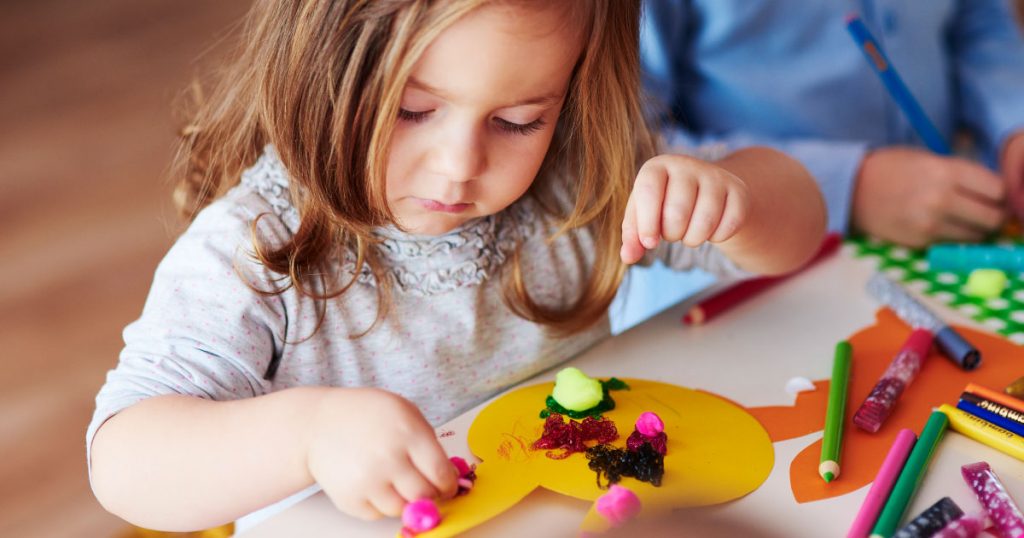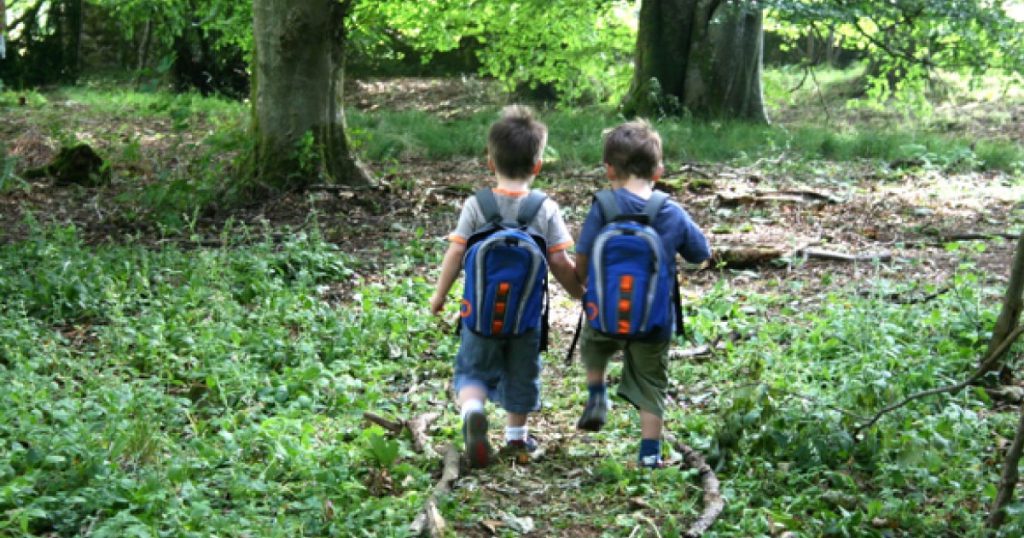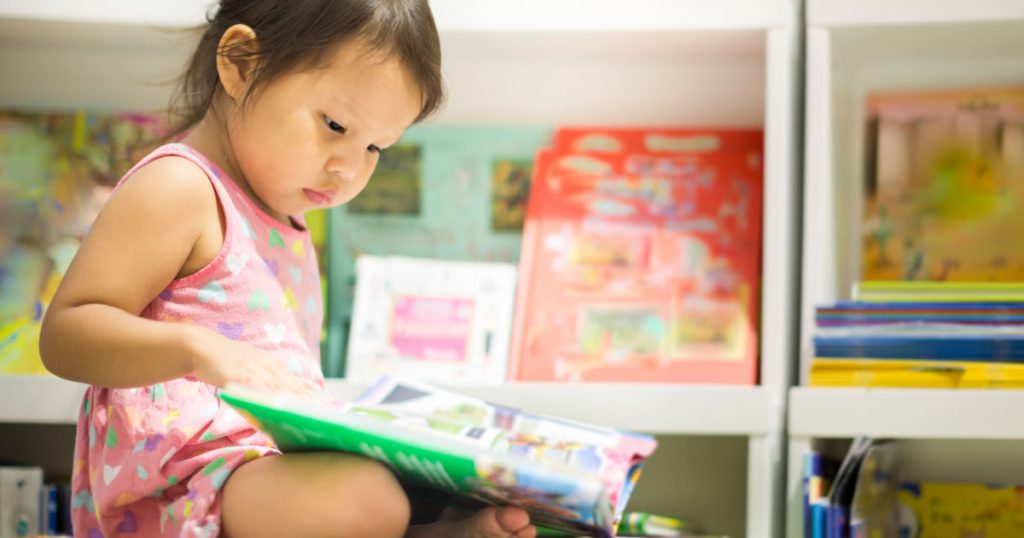 Celebrations. To do, or not to do? Is it even that simple?
Celebrations. To do, or not to do? Is it even that simple?
Early childhood educators are often faced with ongoing internal discussions, rules, policies or expectations about how national celebrations such as Christmas and Easter are marked. In an early childhood context, celebrations such as Easter are often a reflection of our society, history, culture and belonging.
This article does not intend to fix all the problems relating to celebrations; rather, it intends to provide an opportunity to reflect on practices regarding how celebrations might be approached from an inclusive education standpoint. As anti-bias and social justice advocate Louise Derman-Sparks (1997, p.xiii) summarises the challenge:
How do we carry out our professional responsibility to authentically and sensitively include the cultural perspectives and life experiences for all the families whose children we serve, while also fostering all children’s emotional, cognitive and behavioral abilities to effectively and fairly interact with people different from themselves?
Acknowledging diversity
It is impossible to talk about celebrations—Easter, January 26, Hanukkah, Lunar New Year or NAIDOC Week—without mentioning the diversity of Australia. Surveys in 2013 and 2014 found one in four of Australia’s 22 million people were born overseas and 20% spoke another language other than English, while 18% had experienced discrimination due to their skin colour, ethnic origin or religion (AHRC, 2014). It therefore could be fair to say that acknowledging the importance of the diverse communities that are part of our services is an important part of celebrating and acknowledging diversity.
While there are frequent discussions in the lead-up to Christmas regarding the role of early childhood educators, and the need to have respectful conversations that acknowledge diversity, it is equally important that we give the same consideration in the lead-up to Easter. While some services have developed policies that state all celebrations are removed, when making such decisions, it is important to consider whether we are in fact removing something that is valuable and fosters an important aspect of belonging to community.
This does not mean that we remove all thoughtful pedagogical practices and resort to printing out bunny colouring sheets, sticking images of pre-cut Easter eggs to the wall, or handing every child a chocolate just because that is “what you do” at Easter time. Like all intentional teaching and high-quality programs, authenticity requires educators to be reflective—in their practices, conversations with families and learning environments for children. These reflective practices must be formed through creating warm, honest and trusting relationships with families and children. Early childhood arts education expert Clare Britt and educational leader Jill McLachlan (2020) remind us not to lose sight of first principles:
As educators we spend a lot of time focusing on the ‘what’ and ‘how’ of our experiences. What will we do tomorrow? Who will I teach that concept? How will I respond to that child? … Although these are very important, there is a place for re-looking at the deeper question of why educate in the first place? If you know why you do something, if you understand and articulate our intent and purpose, it becomes possible to re-imagine and reinvent your approach to what and how (Britt & McLachlan, 2020, p. 19) .
Creating rituals
It is from these partnerships that rituals are born. Thinking back to your own practices, what rituals have you seen come about through children’s interests and feedback from families? Perhaps this was the song that is now used to support children to work together to pack up, or celebrating our grandparents by having a soup day. One of the most important ways educators can foster rituals being created is by understanding their rights to make decisions and have a say in how things might happen. As explored so thoughtfully in Rituals: Making the Everyday Extraordinary in Early Childhood (Lyon & Christie, 2019), when educators offer children choices, it honours them as equal human beings with personal preferences and the intelligence to make their own decisions, no matter their age. Lyon and Christie explore this concept further, suggesting that when educators provide children with the ability to make choices, it offers them an invitation to participate in partnership and cultivates an authentic sense of autonomy. This is important to consider when Easter celebrations are planned. By offering children and families the chance to contribute to how celebrations are marked, educators show respect to everyone’s culture, background and life experiences, providing the opportunity of an authentic experience that fosters a sense of belonging and community.
Arts vs. craft
Early childhood educators can find a lot of inspiration for planning in various catalogues, Pinterest pages and the like, but while some of these resources lead to high-quality programming and are based on intentional teaching plans, others are more focused on selling products than supporting learning and development. These ideas often intend to create fun experiences for children but there needs to be a rationale behind the experience. The question should always be asked: ‘Who is benefiting?’
Arts-based practice should be more than just hoping that children will stick down a pre-cut piece of paper onto another pre-cut piece of paper. It has to be more than ensuring that every child’s ‘art work’ is seen on the wall so that families don’t complain that their child’s is missing. Educators should be passionate about immersing themselves in the arts (inclusive of music, drama, dance and visual arts), and share this passion with children, with the aim of providing them with another important medium to express themselves.
As the late Dr. Ken Robinson, an influential advocate for the creative arts in education, stated in an interview published by the US School Superintendents Association (AASA):
We should recognise both the nature and diversity and importance of creativity in education as a whole, but there’s a real sense in which if we don’t help young people develop their imaginative powers, their abilities to be creative across the whole curriculum, then we’re really doing a huge disservice. We’re not really helping them cultivate some of the most importance qualities and capabilities they have.
When planning for celebrations such as Easter, how are you going to work with your teams to promote arts practice, celebrate diversity and foster creativity? The possibilities are endless. In the additional resources section, there are a few ideas to get you started.
In conclusion
Celebrations are important. Often families will communicate upon enrolment that Christmas and Easter are two celebrations they have at home. The challenge for educators is, how do we support these families and children while insuring authentic practices and pedagogy are maintained to foster belonging and celebrate the rich diversity that exists within the Australian context?
References
- Bisson, J. & Derman-Sparks, L. (1997) Celebrate!, An anti-bias guide to enjoying the holidays in early childhood programs. Redleaf Press.
- Interview with Kristin Hubing. (2019). Sir Ken Robinson on arts in education: What does it mean to promote creativity in schools and how does it mesh with arts instruction? https://www.aasa.org/kenrobinson.aspx
- Australian Human Rights Commission (AHRC). (2014). Face the facts: Cultural diversity 2014. https://humanrights.gov.au/sites/default/files/FTFCulturalDiversity.pdf
- Lyon, M. & Christie, T. (2019). Rituals: Making the everyday extraordinary in early childhood (2nd ed.). Childspace Early Childhood Institute.
Additional Resources
- This website from ACECQA will help your service engage in reflective practice in relation to celebrations: https://www.acecqa.gov.au/sites/default/files/2021-01/ExploringCelebrationsInChildrensServices.PDF
- This resource produced by the ABC, will help get you started by thinking critically about your arts programs and how you might include different content within your programs: https://www.abc.net.au/cm/lb/13072970/data/play-school-art-time-series-2-inspiration-pack-data.pdf
- This resource developed by the National Gallery of Art in Washington DC is a great inclusion for your classrooms and will support educators when using digital media to engage in arts based practice: https://www.nga.gov/education/kids.html
- For more information and additional resources about any of the above topics, go to our page to access training, resources, articles and publications
- For more information about celebrations read ECA’s research in practice series: Celebrating through relationships by Katey De Gioia, Liz Farry and Nicole Tytherleigh
- http://www.earlychildhoodaustralia.org.au/
ECA Recommends
Celebrating through relationships
By Katey De Gioia, Liz Farry and Nicole Tytherleigh
Celebrations are an opportunity to learn about others through authentic experiences. In early childhood settings, teachers and educators need to constantly balance predetermined celebrations (such as Mother’s Day, Christmas and graduations) with child- and family-focused celebrations. This Research in Practice Series title will help teachers and educators think deeply about the celebrations that occur in their setting. Purchase on the ECA Shop.



